17 Free Spiritual Architecture transparent PNG images
Explore our curated collection of 17 free AI-generated Spiritual Architecture images, showcasing the intersection of sacred spaces and divine design. Our diverse gallery features stunning stock photos, 3D architectural renderings, vector graphics, and artistic illustrations that capture the essence of spiritual sanctuaries worldwide. Each high-resolution image is available for immediate download, and with our innovative 'open in editor' feature, you can refine the AI prompts to generate variations that perfectly match your vision.
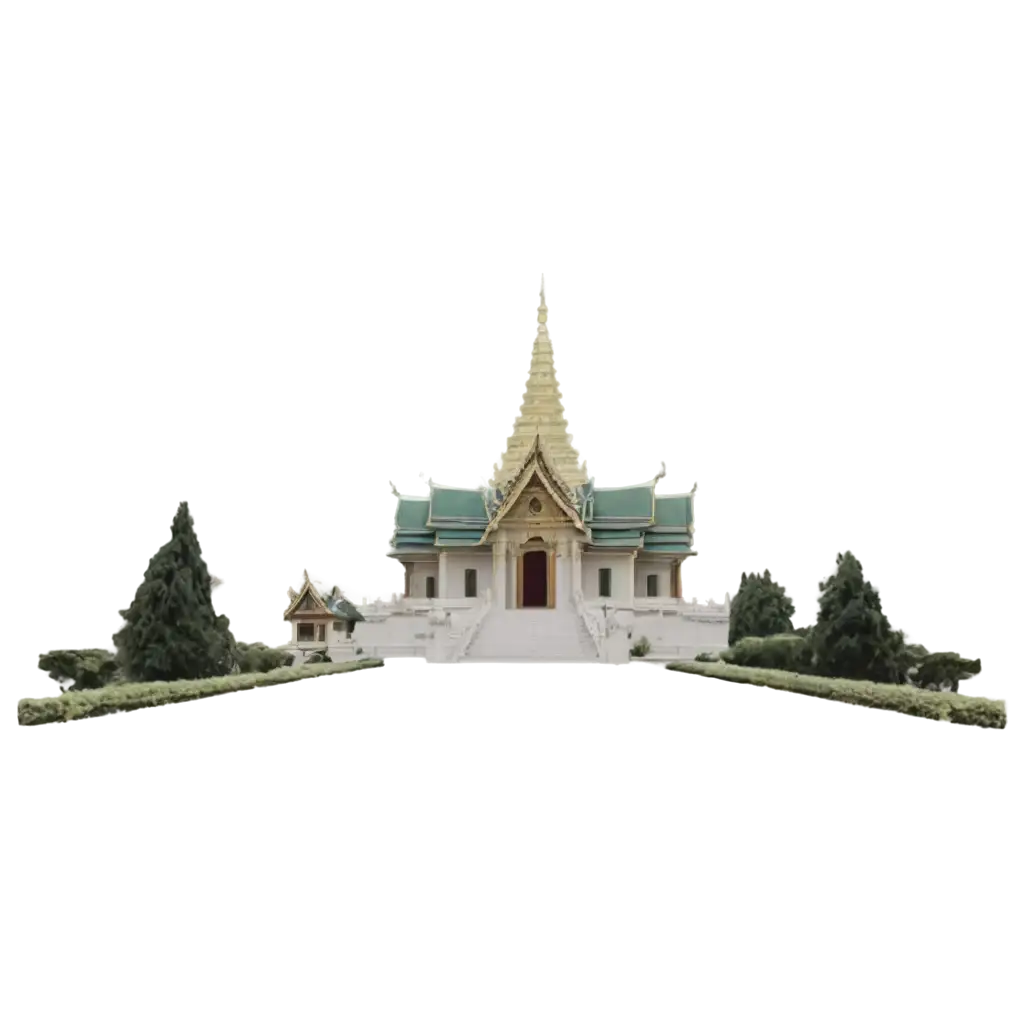
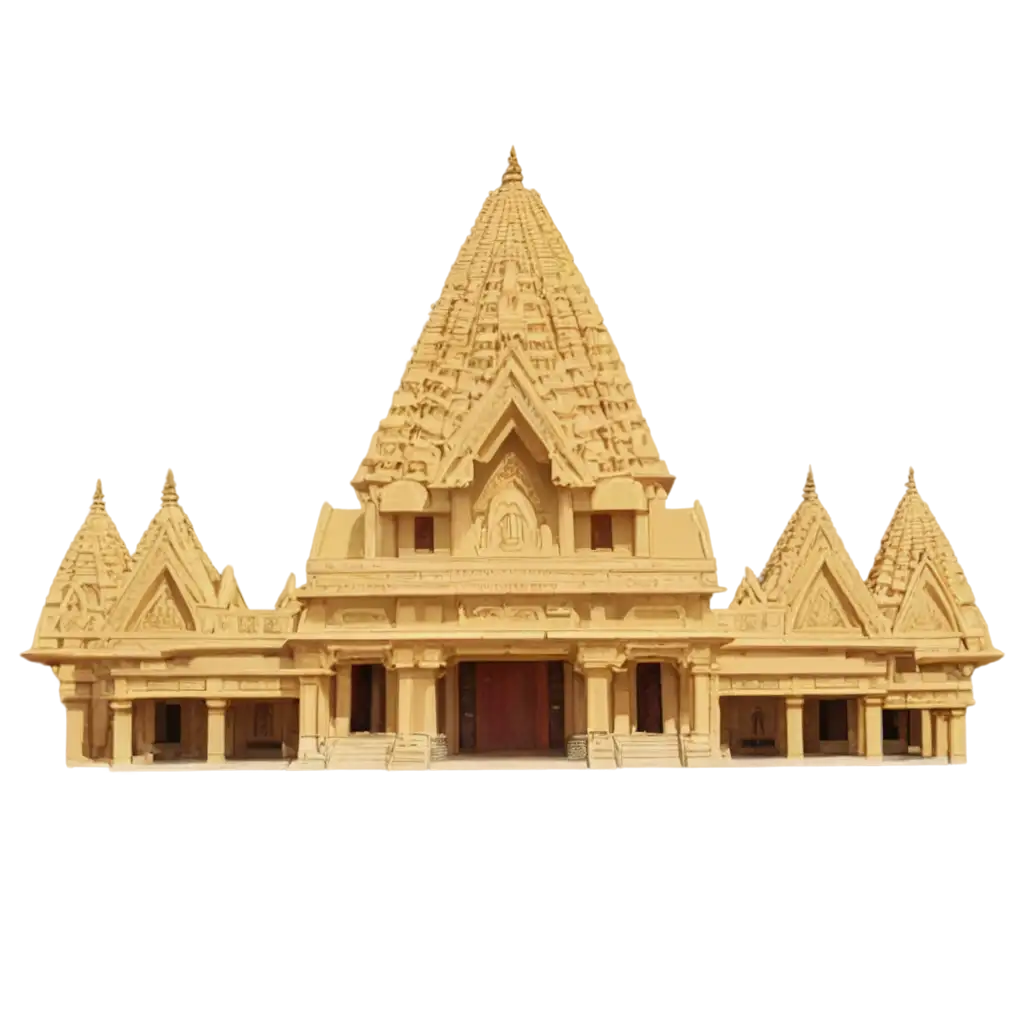
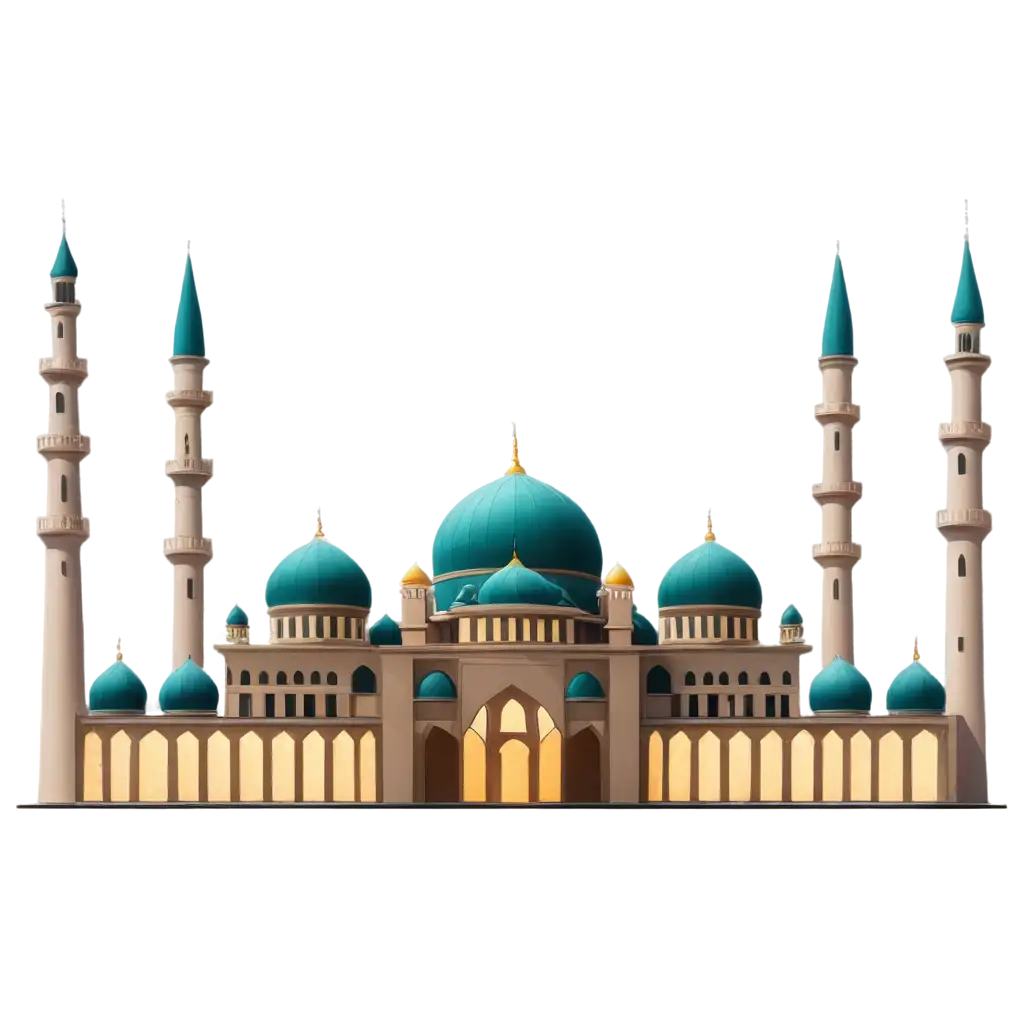
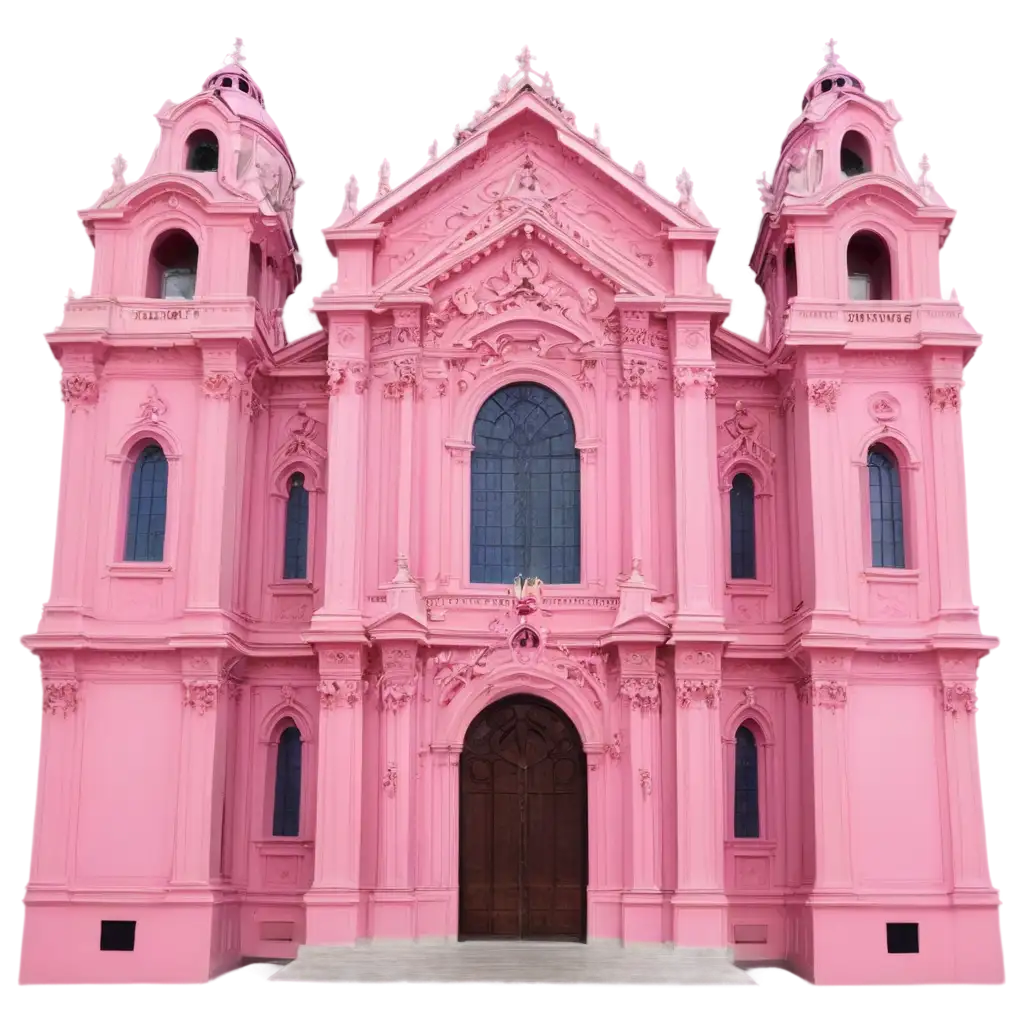

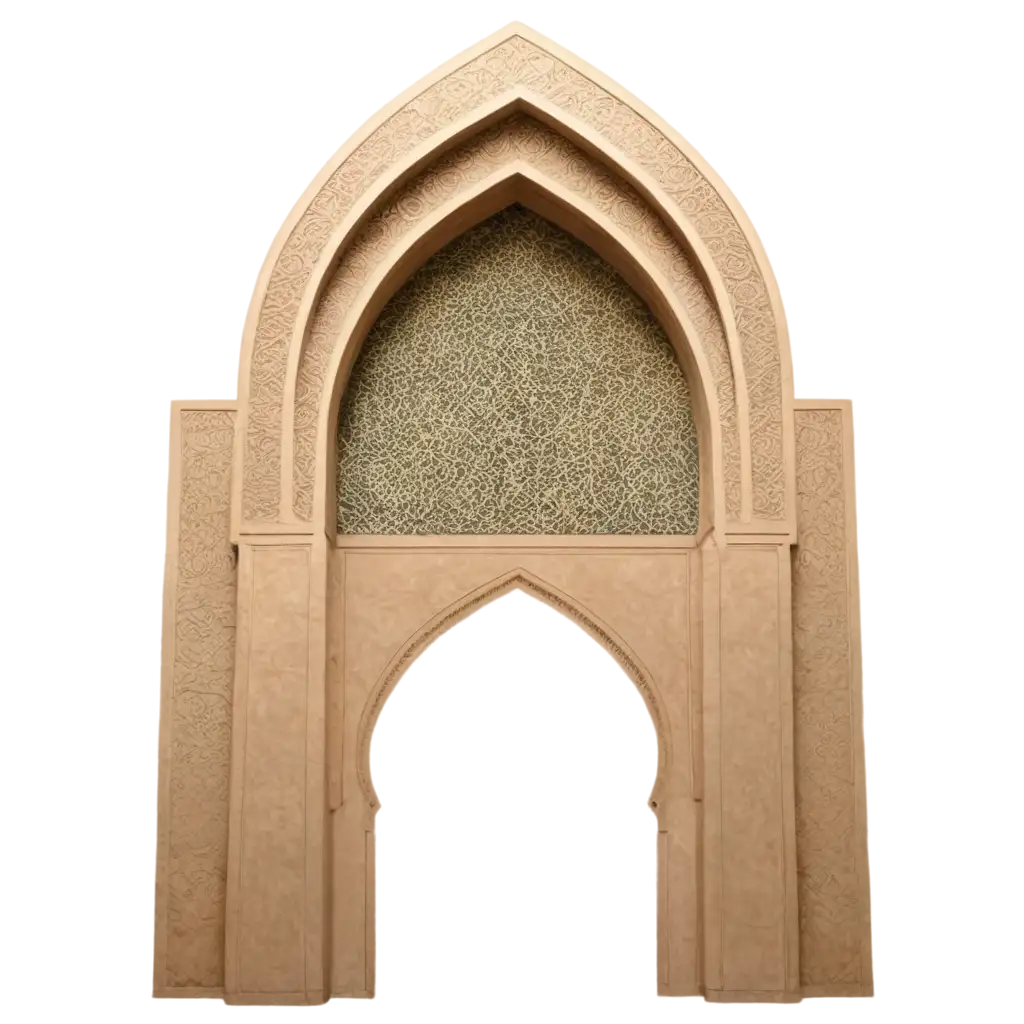
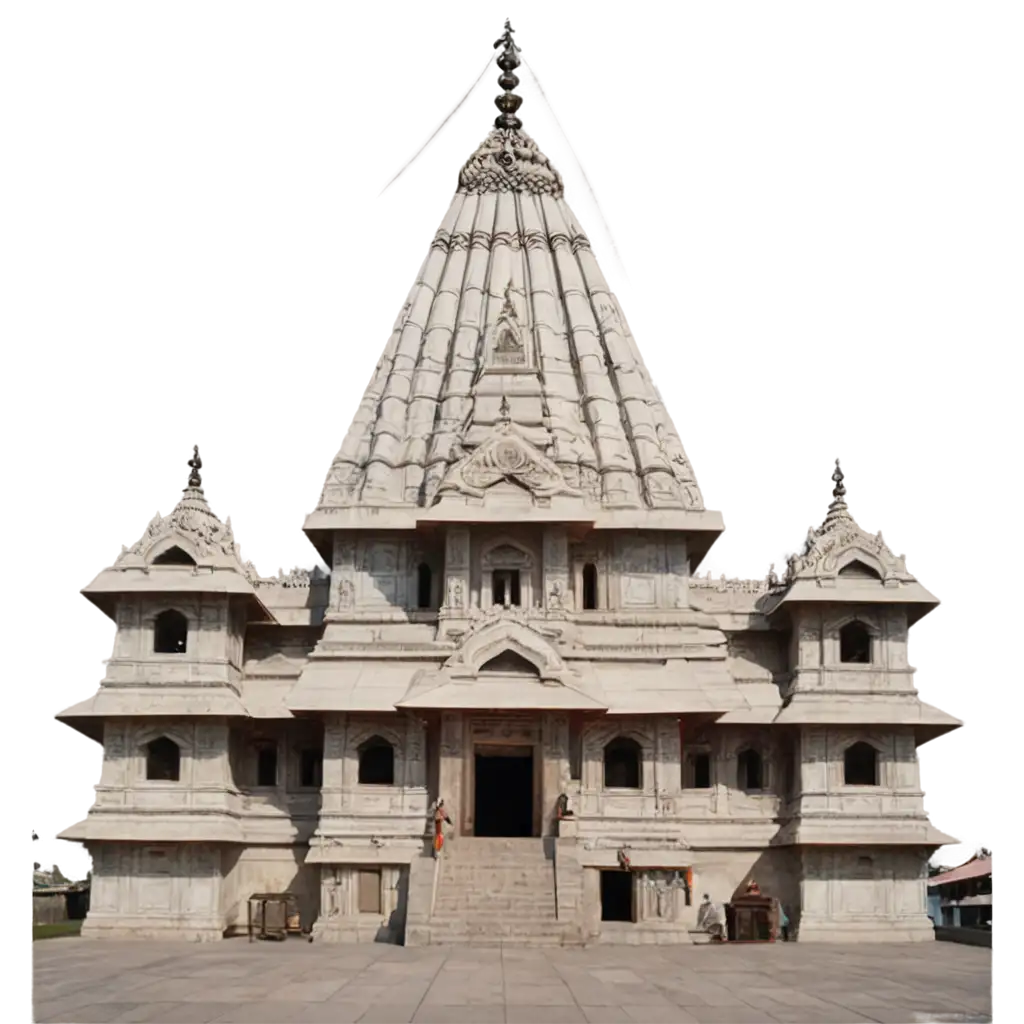
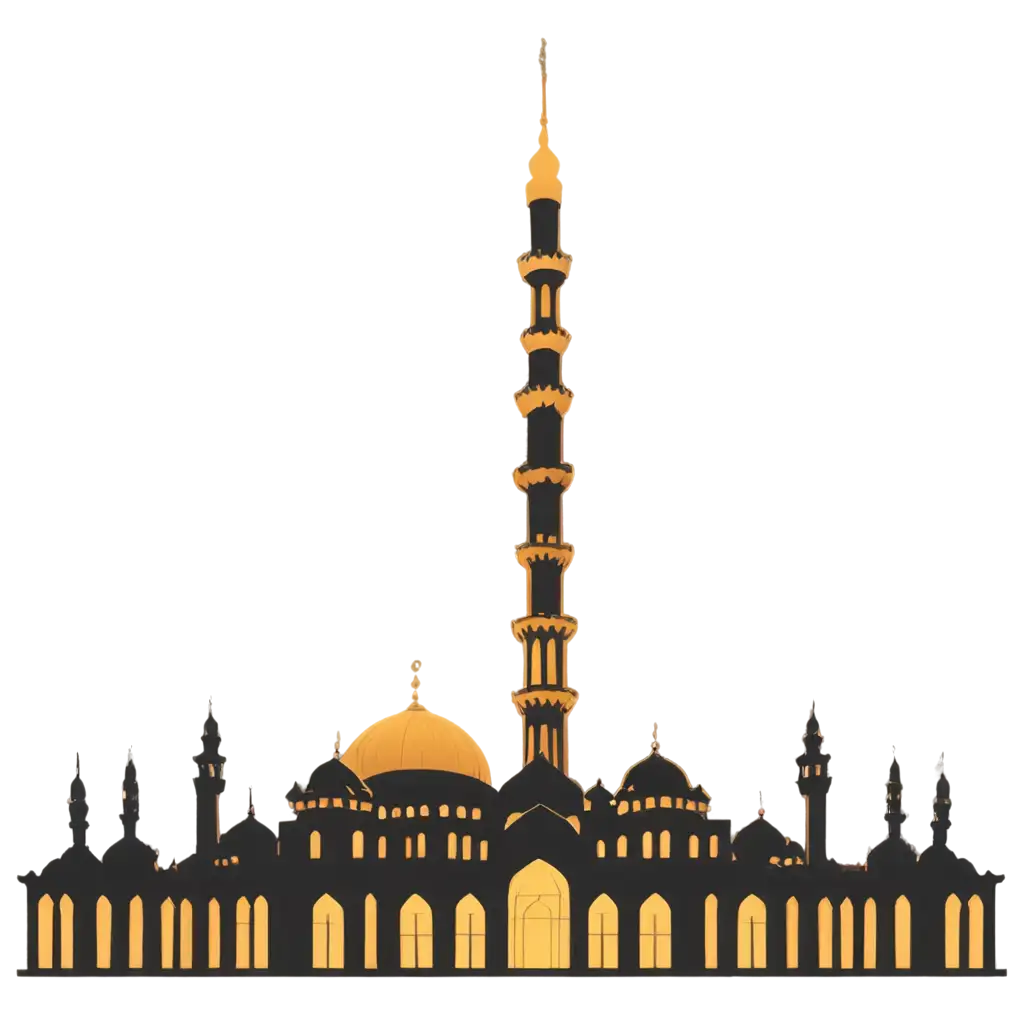
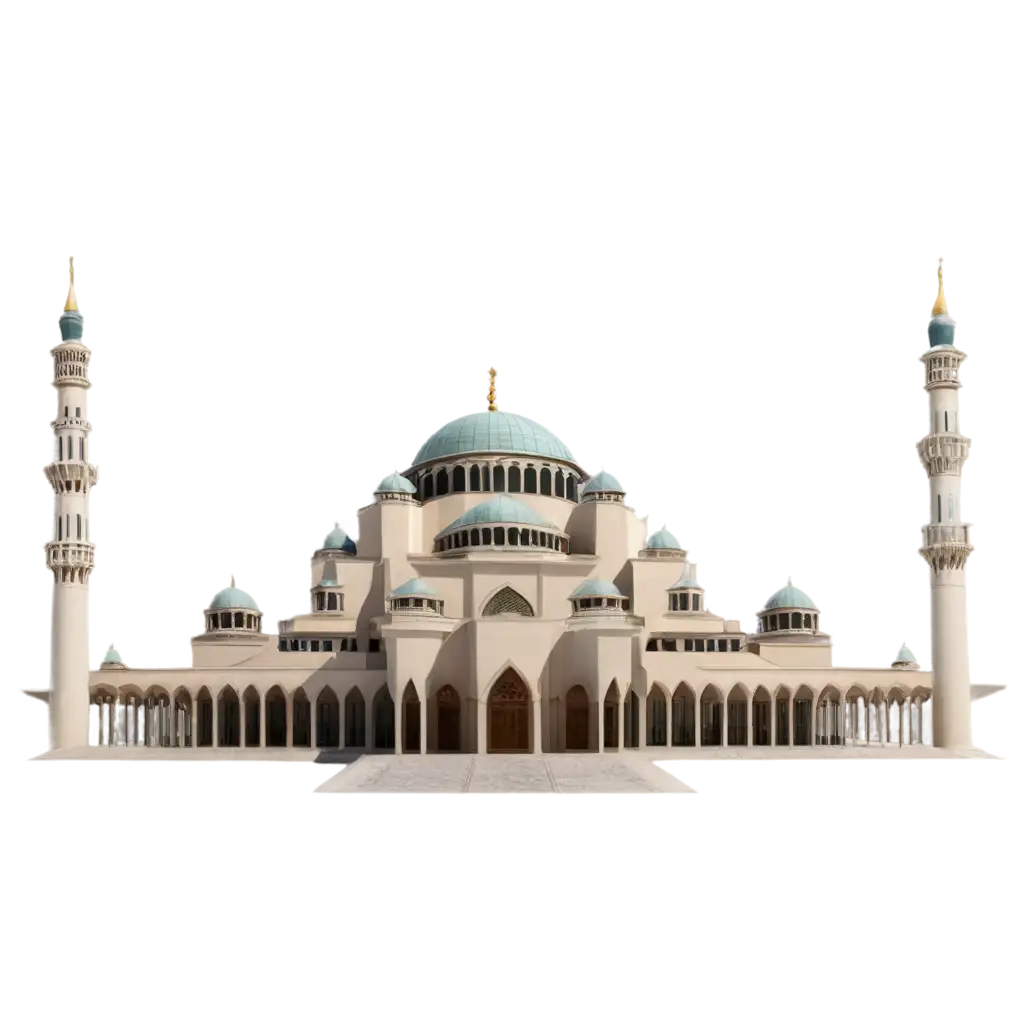
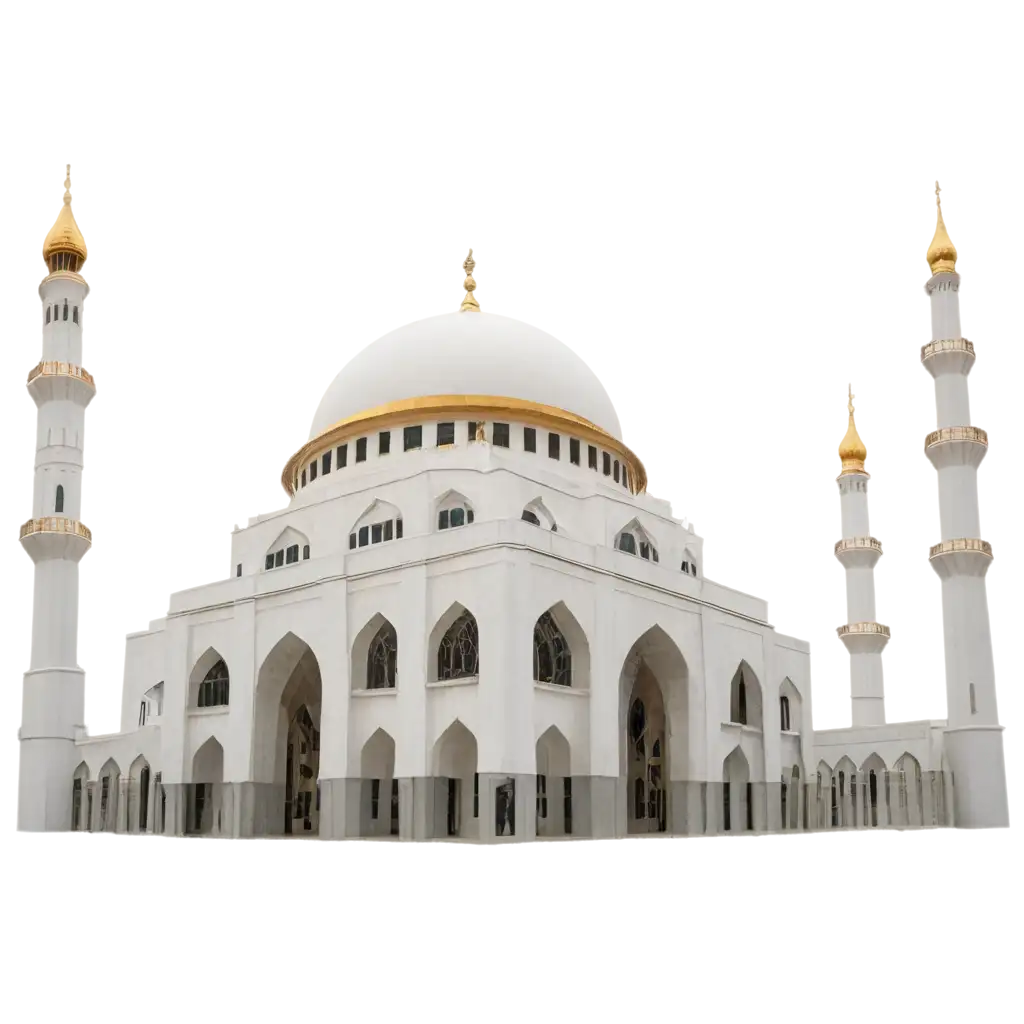

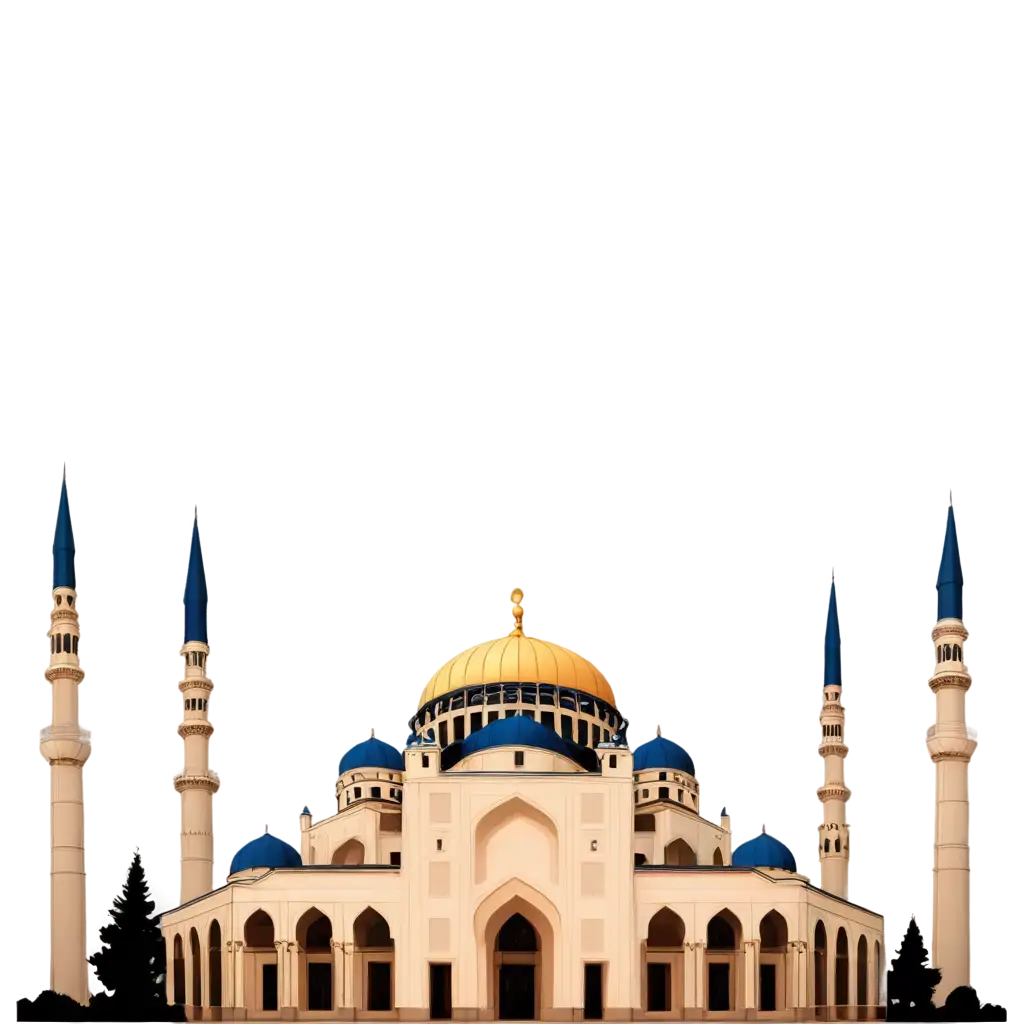
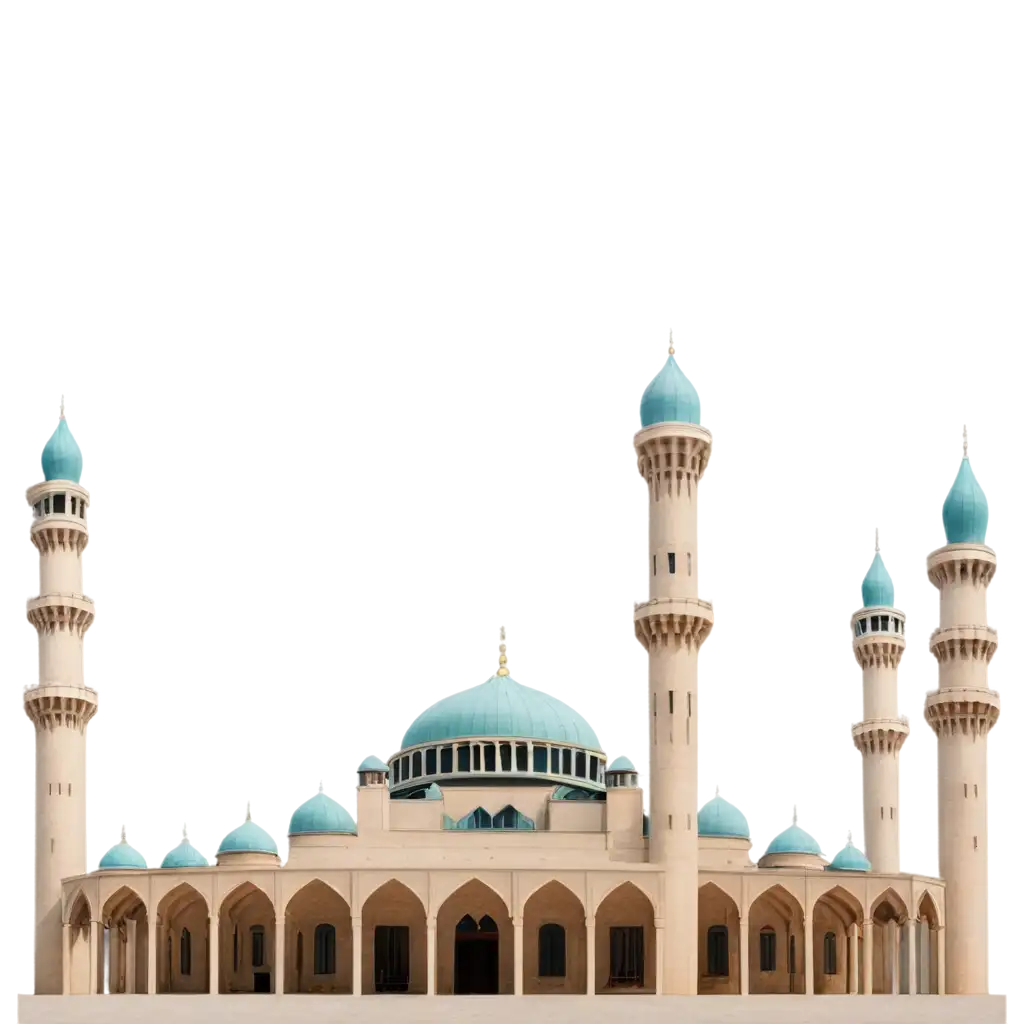

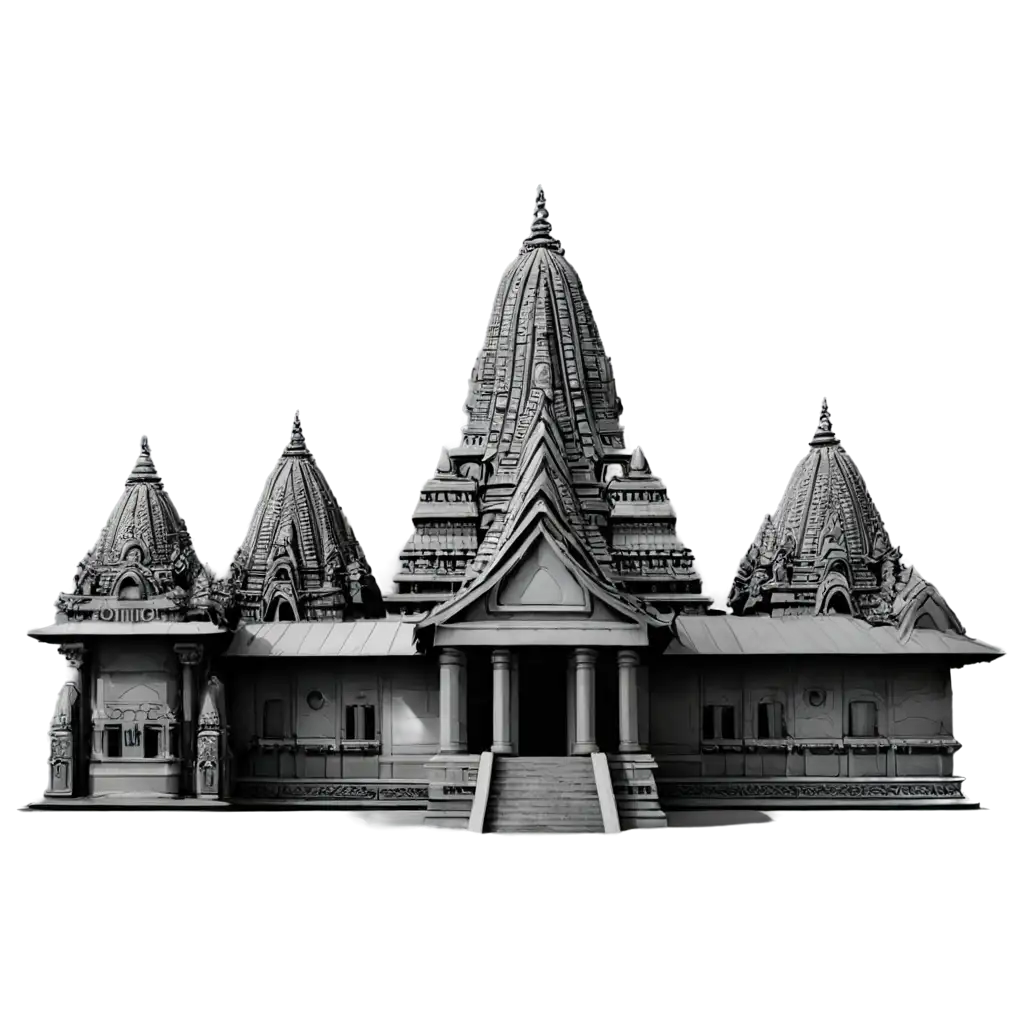
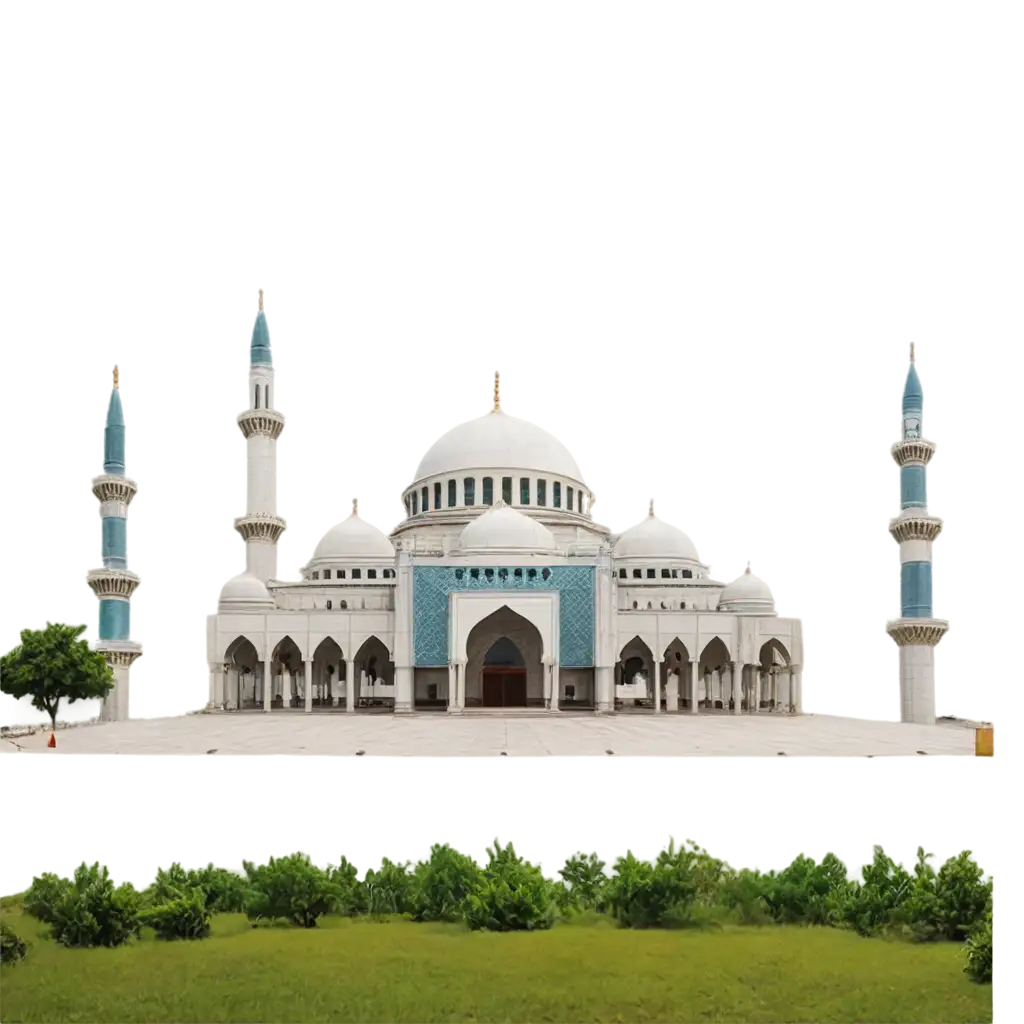
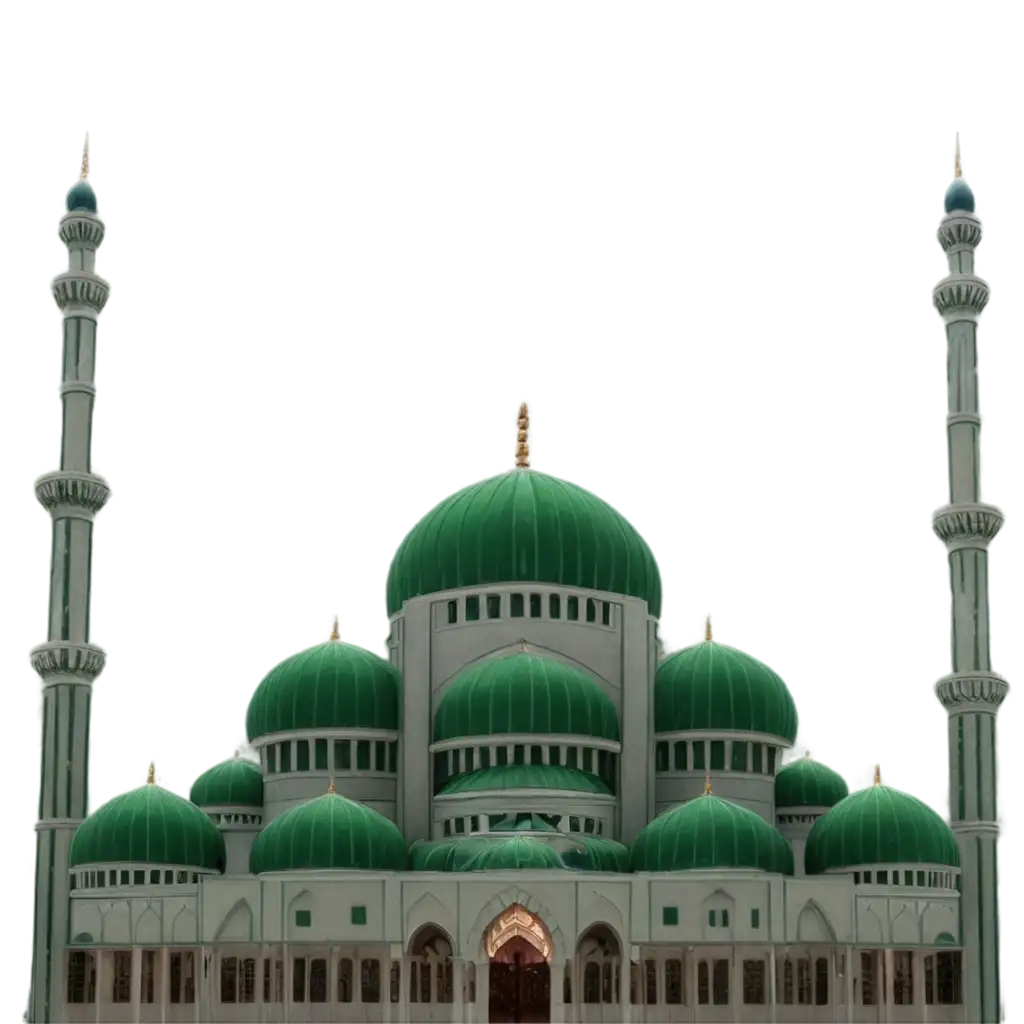
Related Tags
Spiritual Architecture represents the profound intersection of physical construction and metaphysical meaning, embodying humanity's eternal quest to create spaces that bridge the earthly and the divine. This architectural philosophy encompasses structures from ancient temples and medieval cathedrals to modern meditation spaces and contemporary houses of worship. Key principles include the use of sacred geometry, natural light manipulation, acoustic engineering for ceremonial purposes, and the incorporation of symbolic elements that reflect specific religious or spiritual traditions. Notable examples range from the geometric precision of Islamic mosques to the soaring spires of Gothic cathedrals, each demonstrating how architectural elements can evoke transcendent experiences.
Understanding Spiritual Architecture: Where Sacred Design Meets Divine Purpose
The design of spiritual architecture incorporates several fundamental elements that transcend cultural boundaries. These include the strategic use of light and shadow to create atmospheric effects, the implementation of specific proportions based on sacred geometry (such as the golden ratio), and the careful selection of materials that hold spiritual significance. Vertical elements like spires, minarets, and stupas often serve to direct attention skyward, while horizontal expanses create gathering spaces for communal worship. Modern spiritual architecture often integrates these traditional elements with contemporary sustainable design practices, creating spaces that honor both environmental stewardship and spiritual connection. Features like natural ventilation, solar orientation, and biophilic design elements are increasingly becoming part of sacred architecture's vocabulary.
Essential Elements of Sacred Space Design: From Ancient Wisdom to Modern Innovation
Contemporary spiritual architecture is experiencing a renaissance through innovative approaches that blend traditional sacred elements with cutting-edge design technologies. Architects are experimenting with parametric design tools to create complex geometric patterns inspired by sacred mathematics, while incorporating sustainable materials and energy-efficient systems. Notable trends include the use of transparent and translucent materials to create ethereal effects, the integration of water features for spiritual purification and reflection, and the development of flexible spaces that can accommodate multiple forms of spiritual practice. Digital tools and AI-assisted design are enabling architects to push the boundaries of what's possible in sacred space creation, resulting in structures that are both spiritually meaningful and environmentally responsible.
Revolutionary Approaches to Contemporary Sacred Spaces
The influence of spiritual architecture extends far beyond religious practice, shaping urban landscapes and cultural identity while inspiring innovations in secular design. Modern interpretations of sacred spaces are increasingly focusing on inclusivity, incorporating universal design principles to welcome practitioners of all abilities. Looking ahead, the field is evolving to address contemporary challenges such as environmental sustainability, social connection in the digital age, and the need for spaces that support both individual contemplation and community gathering. Emerging trends include the development of virtual sacred spaces, the integration of interactive elements that respond to user presence, and the creation of hybrid spaces that serve both spiritual and community functions. This evolution reflects a growing understanding that spiritual architecture must adapt to serve diverse modern needs while maintaining its essential role as a bridge between the physical and spiritual realms.
Impact and Future Trajectories of Spiritual Architecture